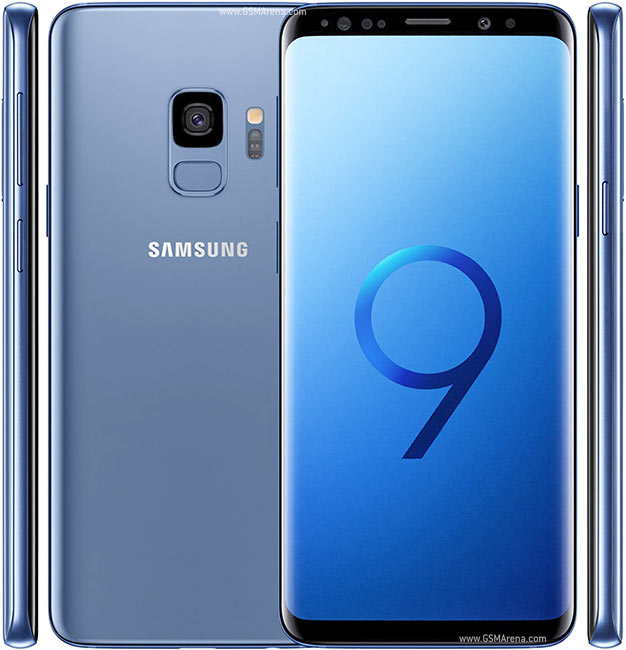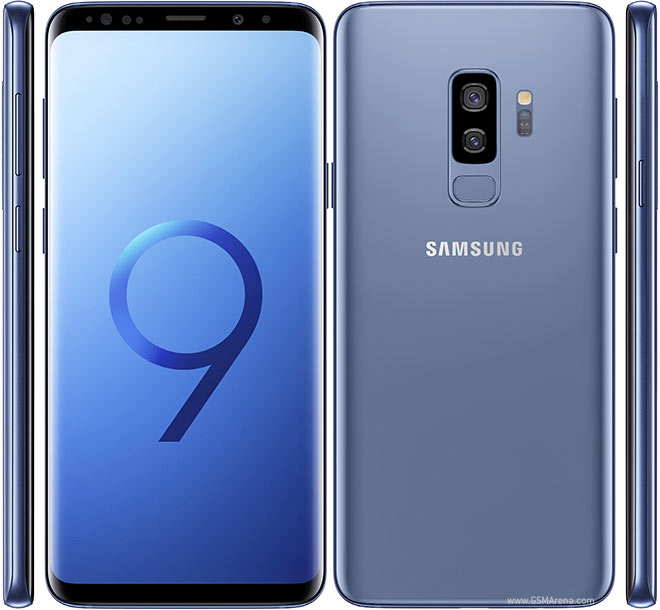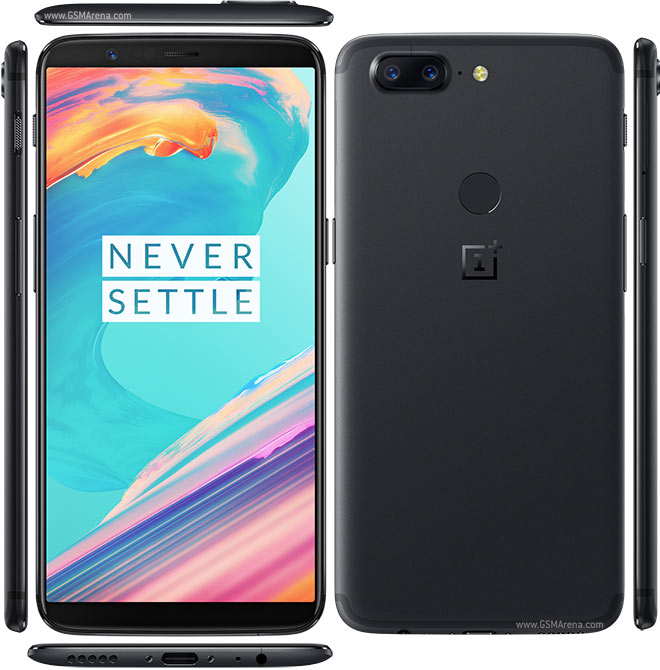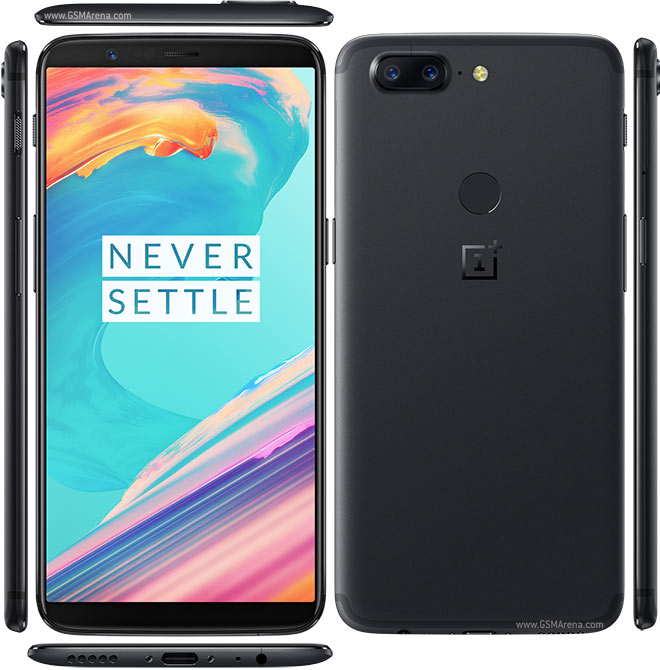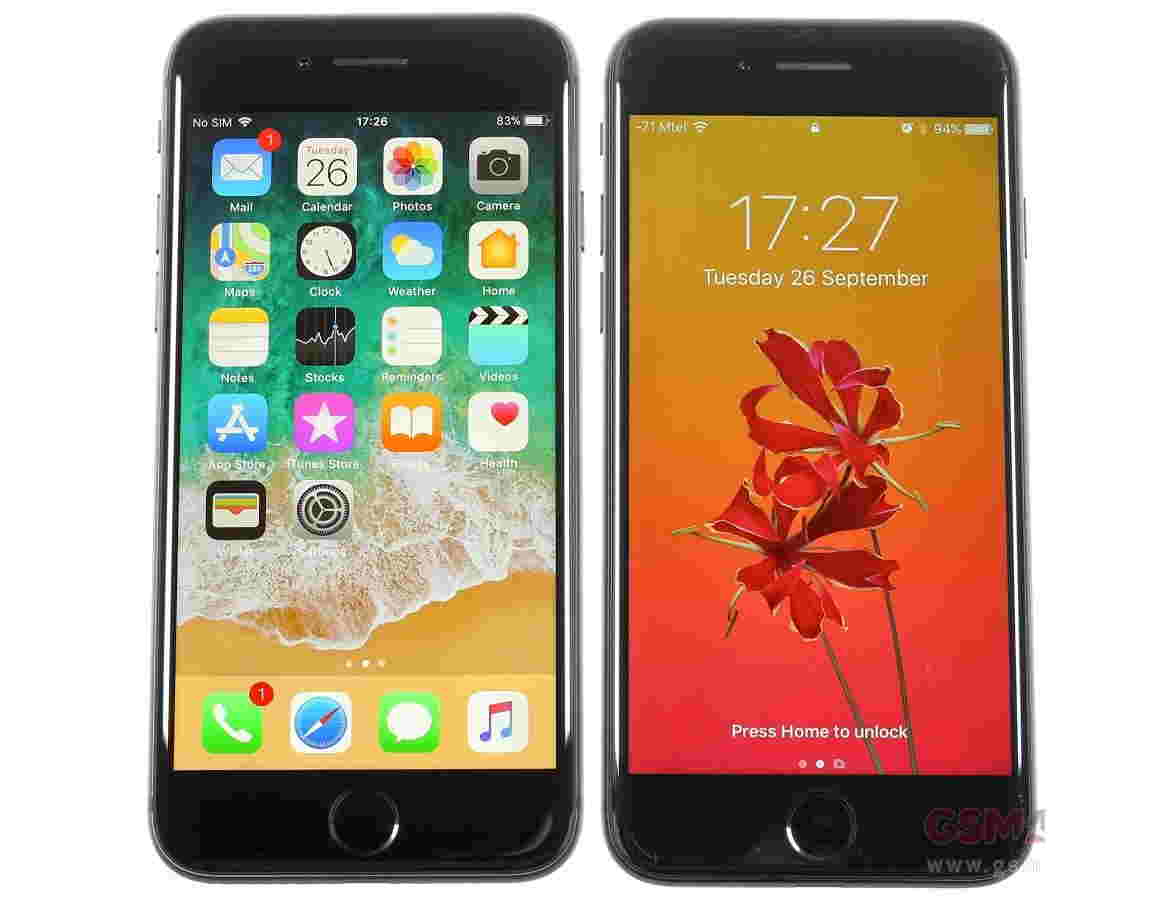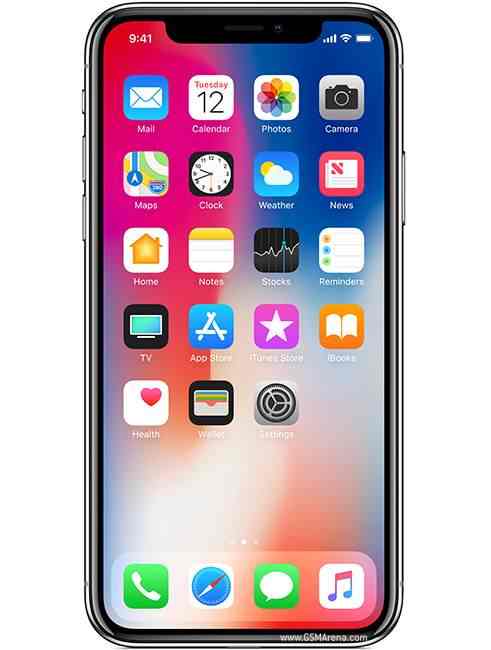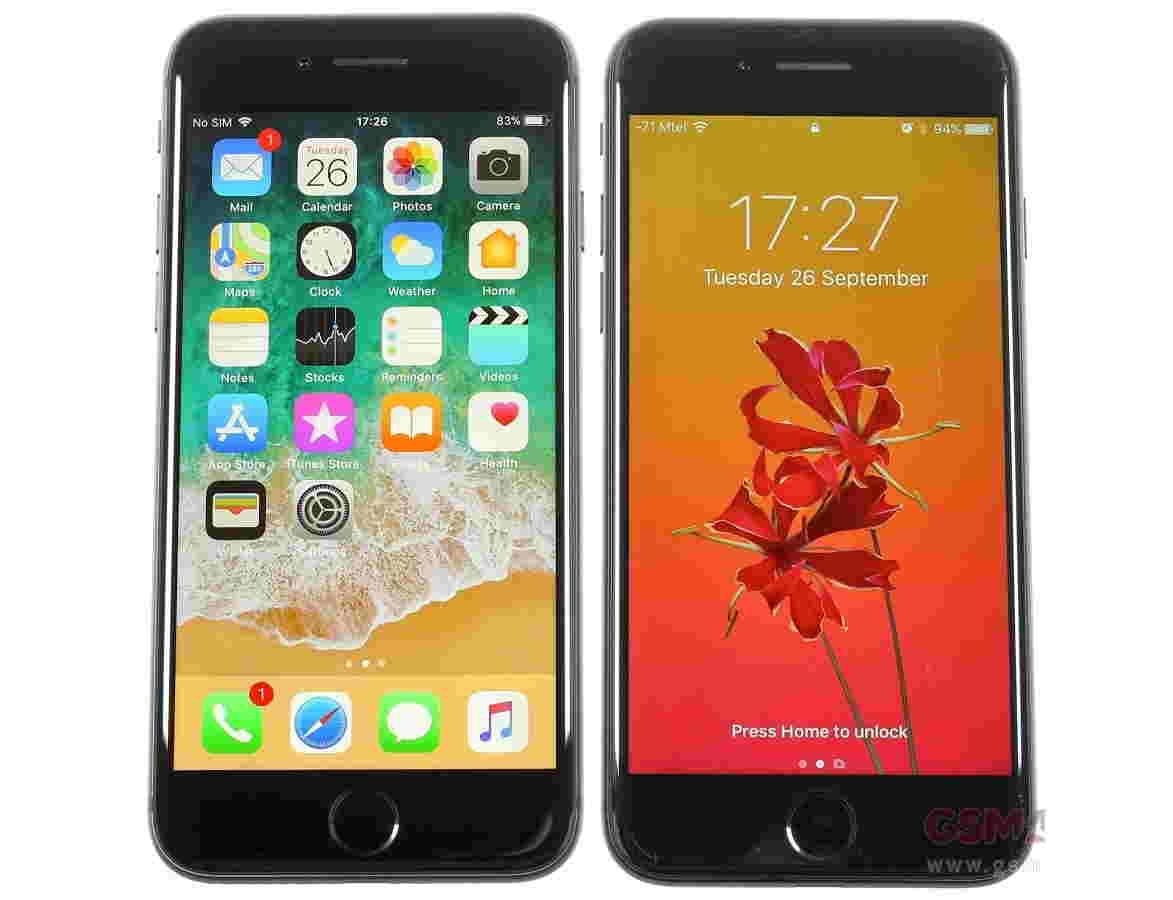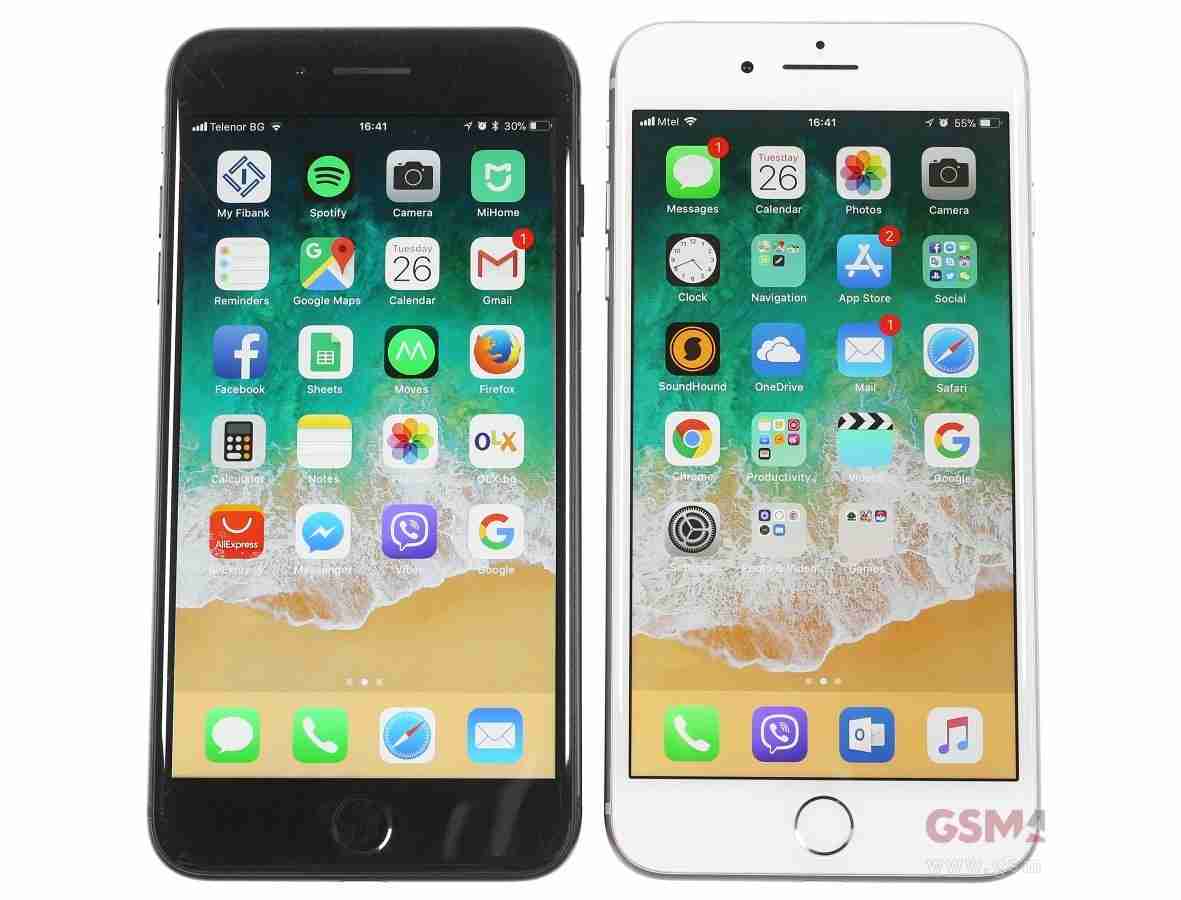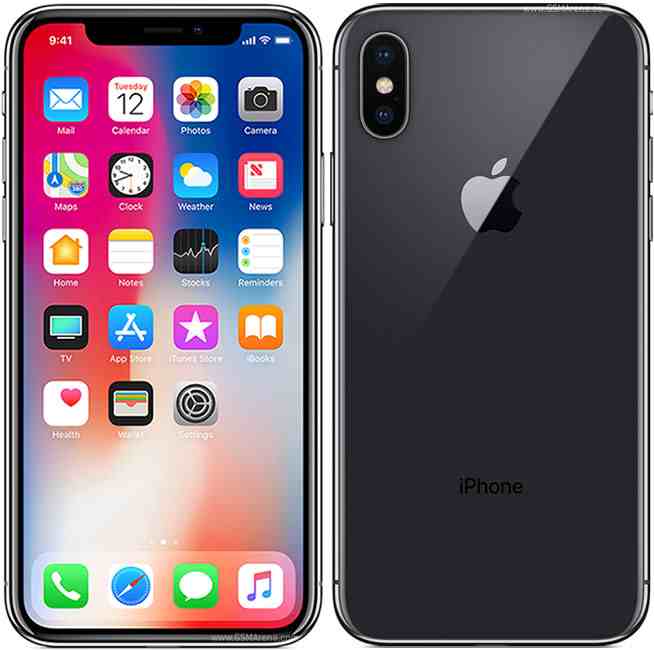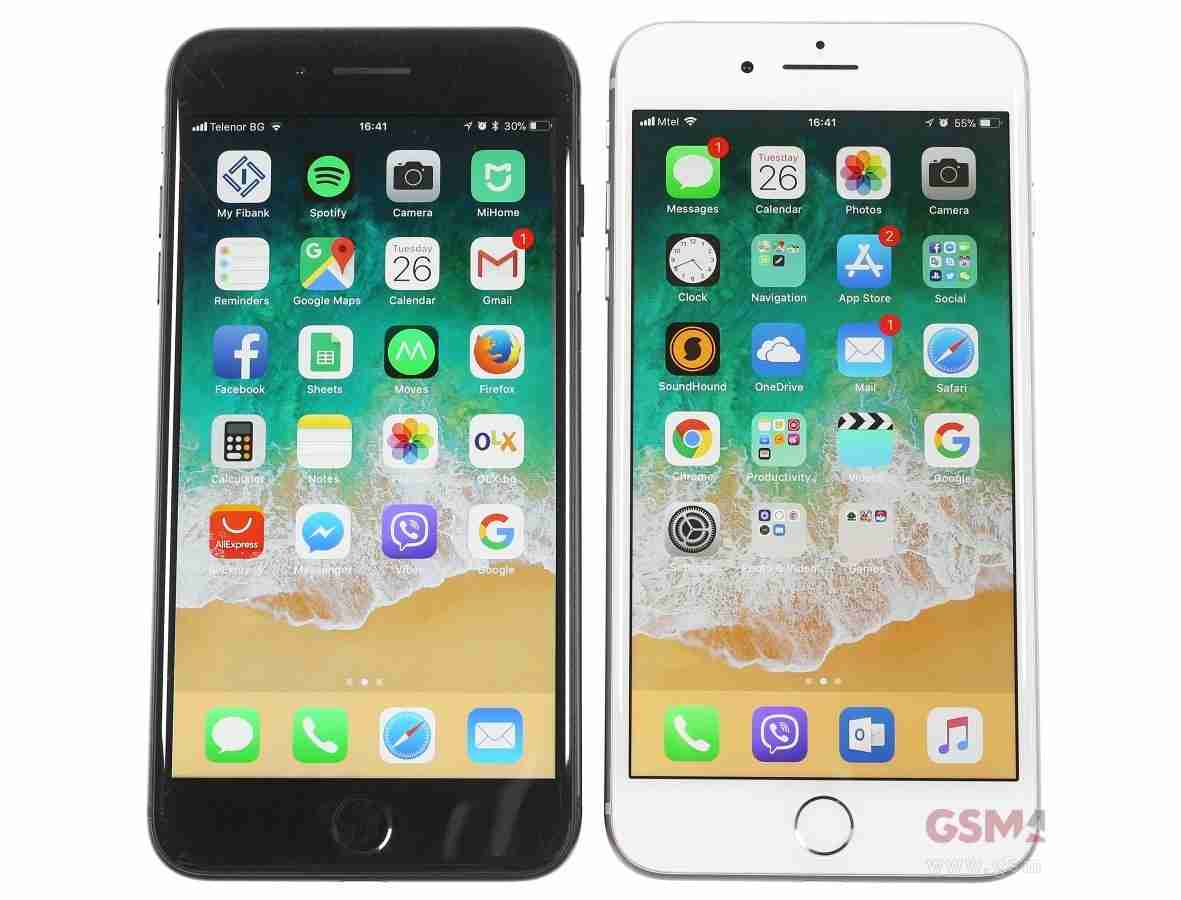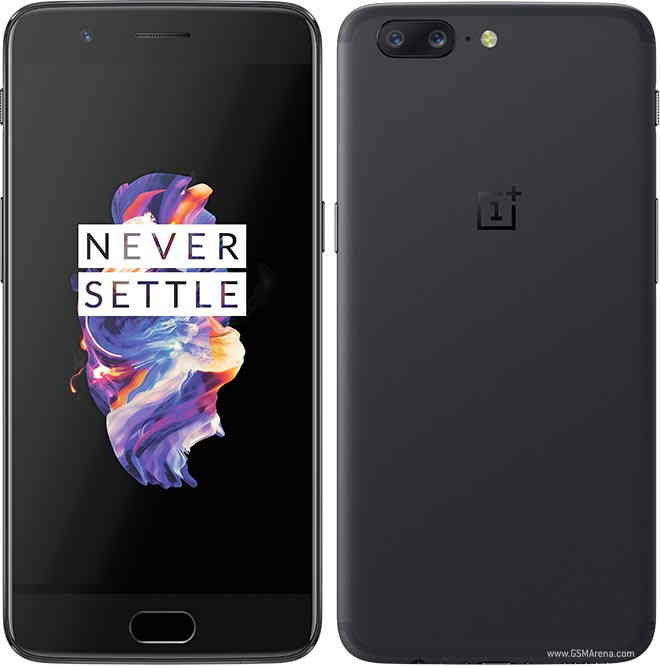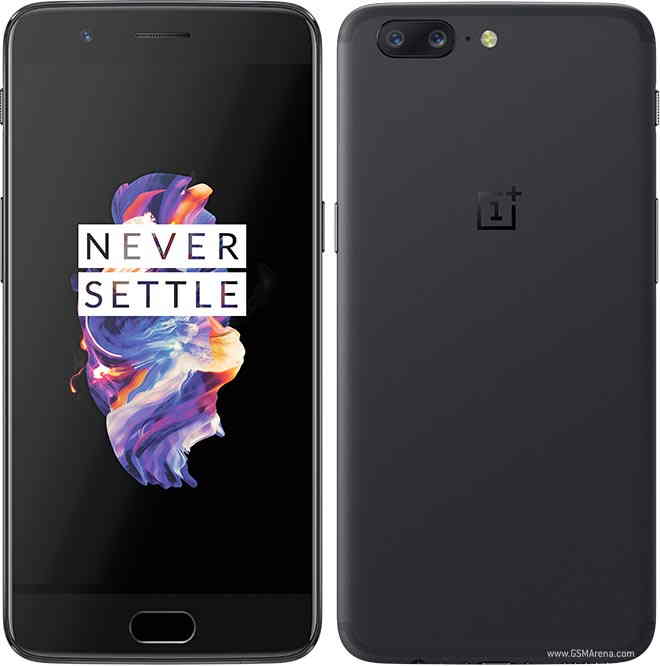Price: From £33 per month on contract
Rating: 0

In our Amazon Fire Phone vs iPhone 6 comparison we find a smartphone that is locked into an expensive ecosystem with the express purpose of generating revenue for the parent company. And the Fire Phone is similar.
We tested both the Amazon Fire Phone and the iPhone 6, to find out which is best. Find out more in our Amazon Fire Phone vs iPhone 6 comparison review. (See also: best smartphones: The best phone you can buy in 2014.)
Amazon Fire Phone vs iPhone 6 comparison review: What they are, why we are comparing
You know the iPhone. It's the phone that just seven years ago changed everything. And despite the fact that several Androids are as good and better than the most recent iPhones, for some people 'iPhone' remains a watchword for quality. A high-end smartphone offering excellence in media consumption and communications. The Fire Phone is different: it exists primarily as a mobile way into Amazon's unsurpassed world of media and products. It's a way of consuming books, music, video and more via your handset. And an easy way or purchasing physical goods from Amazon wherever you are.
Because of this you may feel that this is an odd comparison to make. But there are plenty of similarities here. Both Apple and Amazon tie you into their worlds. If you use an iPhone you are forced into sourcing media and apps from Apple's iTunes world. Indeed, the only exception to the Apple-only rule is in the world of eBooks, in which Amazon itself has the unique ability to sell to iPhone users.
Because of the locked-down nature of both the Amazon- and Apple worlds, you can rest assured that you are safe from virtually any kind of malware threat. It's a benign incaraceration compared to the relative wild west of using Android. And both iPhone and Fire Phone have voice-enabled digital assistants (Siri and Digital Assistant).

There are differences, though. For one thing the Fire Phone offers a few intriguing features. Firefly is the principal reason for the Fire Phone existing, and has been described as 'Shazam for the real world'. Using Firefly you can take pictures of just about anything, and the Fire Phone will extract the useful information in a semantic style. See a product you like, take a picture, and buy it. Firefly can be useful, but it is a way of extracting cash from your wallet. Bear that in mind when considering the value of both these handsets.
Other features of the Fire Phone include Dynamic Perspective: Amazon's name for the front-facing sensors which allow the Fire phone to create a kind of glasses-free 3D experience. We're yet to be convinced by Dynamic Perspective as a must-have feature in a smartphone, but we do like the gestures. And it will impress your mates (if you have mates impressed by such frippery).
There are other features such as Peep and Auto-scrolling, all of which add up to making the Fire Phone interesting if not required. Which brings us to the main point of this section: with FireFly the Amazon Fire Phone is a different kind of phone. One that is cheaper to buy because it is principally intended as a mobile purchasing device. The iPhone is intended as more of a full-featured smartphone, and is priced as such. On which...
Amazon Fire Phone vs iPhone 6 comparison review: Price and UK availability
The 16GB iPhone 6 costs £539, a 64GB model costs £619, and the 128GB SKU costs 128GB. The iPhone 6 is now readily available from both Apple Stores and all the major telcos.
The Fire Phone is exclusive to O2. You can buy it today via Amazon.co.uk, but you are purchasing from O2 with a choice of pay-as-you-go or contract. If you opt for the former, the Fire phone costs £400 (for the 32GB model) or £480 for the 64GB.
If you are buying based on upfront cost, then, the Fire Phone is quantifiably cheaper, to the tune of nearly £150.
Amazon Fire Phone vs iPhone 6 comparison review: Hardware and performance
Apple's iPhone 6 features the company's 1.4GHz A8 64-bit processor and M8 motion coprocessor, which it pairs with 1GB of RAM. By contrast the Fire Phone pairs a quad-core Qualcomm Snapdragon 800 CPU with 2GB RAM. But don't be fooled by the difference in numbers, here. Performance is well looked after on both handsets - they are both quick and responsive and, as we can see from the benchmarks, they can handle intensive apps.
In the GeekBench 3 general performance test the iPhone 6 turned in an excellent score of 2794. We haven't yet been able to run this test on the Fire Phone. In the SunSpider Javascript performance test the iPhone 6 returned a stunning score of 351ms, beating out the impressive Fire Phone score of 884ms (quicker is better here).

We tested graphics performance in the GFXBench T-Rex benchmark, and the iPhone 6 turned in a score of 49fps which is considerably better than the already excellent Fire Phone score of 33fps. With few smartphones out there are able to match this performance, we don't think you'll find any cause to complain with the iPhone 6. But the Fire Phone is no slouch either. This section is a clear win for the iPhone, but don't avoid the Fire Phone on performance grounds alone. (See also: What's the fastest smartphone 2014?)
Amazon Fire Phone vs iPhone 6 comparison review: Storage
Turning to the Fire Phone, onboard storage options are 32GB or 64GB. Disappointingly there is no storage expansion slot. We experienced the same disappointment with the iPhone: as is not standard for Apple there is no additional storage expansion, so you are stuck with a next to useless 16GB, or the 64GB and 128GB flavours.
Amazon Fire Phone vs iPhone 6 comparison review: Design and build
The 138.1x67x6.9mm, 129g iPhone 6 isn't Apple's biggest phone - that's the 5.5in screen iPhone 6 Plus. But it is still a big phone, and some iPhone users will find even this model too big. Built around its much bigger display, the iPhone 6 is the most radical design change in the iPhone lineup since the iPhone 4 came along. Gone is the more industrial feel of the iPhone 4 and 5, with their straight sides and chamfered edges. The new phones have rounded edges, more akin to the iPod touch, iPad, and even the very first iPhone.
Beyond the curved sides and two sizes, the iPhone 5's round volume buttons have been replaced with thin metal ovals set into a slightly recessed indent just below the silence switch. The sleep/wake button has retreated from the phone's top and moved to the right side, a first for an iPhone. On the back of the device, the most noticeable change is that the camera now extends outward a bit, its lens surrounded by a thin metal ring.
If the Fire Phone had an aluminium band around the edge, the design would be reminiscent of the iPhone 4, since the Fire phone has flush glass front and rear panels. It also has a top-mounted headphone socket and sleep/wake button. It's a similar size to the new iPhone 6, though. There are no buttons on the right-hand side but on the left are volume and a dual-purpose camera/Firefly button.
At the bottom is a microUSB port for easy charging and synching, and there's a physical home button below the screen. Stereo speakers hide behind grilles on the top and bottom edges, and produce decent audio with good stereo separation.
It's a fairly chunky device, weighing 158g and measuring 139.2x66.5x8.9mm, but that's okay. The only thing we don't like is that the four courner-mounted sensors - which look just like the front-facing camera - are very obvious, and make the phone a little messy looking.
Ultimately build and design are subjective things, but here is what we can objectively say: the iPhone is thinner and lighter and smaller, despite having a similarly sized display. Judging on looks alone we'd always plump for it. The only possible objection to preferring the iPhone's build to that of the Fire Phone is that the Amazon handset feels more robust than does the iPhone. If I was using an iPhone 6 I'd want a case. (See also: 18 best budget smartphones 2014 UK.)
Amazon Fire Phone vs iPhone 6 comparison review: Display
Apple's 4.7in, 750x1334 screen is a good one, offering a similar pixel density to that of the iPhone 5s, on a wider and taller display. If you're a fan of that iPhone screen you'll like this one even more. It's the same, but bigger. Apple fits its iPhone 6 with an IPS panel, and the pixel density is 326ppi.
The Amazon Fire Phone is a 4.7in handset. That 4.7in display is an IPS LCD capacitive touchscreen. It has a resolution of 720 x 1280 pixels, giving it a pixel density of 312ppi. That's good, but not great in the current market. Place them side by side and you will struggle to notice any major difference, but if specs are your thing the iPhone's display is better. More detailed, anyway.
Amazon Fire Phone vs iPhone 6 comparison review: Connectivity and sensors
Apple has finally added NFC to its phones, but only for Apple Pay, which right now isn't of any use in the UK. The Fire Phone has NFC. Both the iPhone 6 and the Fire Phone are 4G phones that also support 802.11ac Wi-Fi and GPS. They both have Bluetooth, but the iPhone 6 is Bluetooth 4.0 where the Fire Phone is Bluetooth 3.0. The iPhone 6 also has a fingerprint scanner for security.
Amazon Fire Phone vs iPhone 6 comparison review: Cameras
The 8Mp iSight camera found on the iPhone 6 is almost identical to that of the iPhone 6 Plus, except that it uses digital rather than optical image stabilisation. The iPhone 6 is also able to shoot time-lapse video and slow-mo at 240fps. Photos are sharp with good exposure and accurate colours. Around the front Apple's FaceTime HD alternative is a 1.2Mp camera that shoots 720p HD video. As smartphone cameras go, the iPhone 6's is pretty good without being great.
The Fire Phone's camera specs are impressive: 13Mp on the rear, with optical stabilisation, and 2.1Mp at the front.
While the front snapper is nothing special - it's fine for the odd selfie and Skype chats - the rear is pretty good. Images have realistic colours and are generally sharp and detailed. It's only when you zoom in and scrutinise quality that you'll find a lot of compression and smudgy textures. Plus, the quality in low light isn't great.
I'm going to call this a draw. Neither of these cameras is outstanding, but they are decent smartphone cameras.
Amazon Fire Phone vs iPhone 6 comparison review: Software
Software is a key difference for these two phones, with the iPhone 6 running iOS 8 and the Fire Phone running Amazon's Fire OS.
iOS is the most established of the major mobile platforms, offering a great mix of app- and media support, as well as features. It's incredibly secure, and it looks great too. iOS 8's broad aesthetic cues are as far as we can tell almost exactly the same as iOS 7, with the same clean, minimal icons, and transparency effects in place of iOS 6's skeuomorphic design elements. It retains the bold (but very slightly toned down) colour palette of later iterations of iOS 7, which saw the bright green of iOS 7.0 darkened a touch.
iOS 8's interface is largely the same as iOS 7's too. But there are a few changes. Take the app-switching interface. As well as your open apps, this now shows circular thumbnails of recently 'used' contacts. Tap one of these and iOS 8 offers icons that let you ring, FaceTime or text that person, depending on what contact details you have available.
New features include the Apple Pay function, by which NFC is used to let you utilise your phone as a smart credit card. It is exciting, but not yet useful to UK consumers. QuickType predictive typing is a big boost, offering Android-like swipe and type capabilites. Notifications have been improved so that you can respond as well as view messages and the like.
Importantly, iOS 8 looks great on the iPhone 6. As do upscaled apps designed for the smaller screens of previous iPhones, and ported on to the new handset. There is a lot to like about iOS 8 and a whole lot more to learn and write about. Suffice to say that as ever Apple's software is easy to use, and Apple's app- and media support is second to none - if a little closed off and therefore expensive in the long run.
Let's turn to Fire OS. Although the Fire phone runs a similar operating system to Amazon's Fire tablets, this is basically a new OS in the smartphone world. It's based on Android of course, but you wouldn't know it: there isn't a single icon, button or font that's borrowed from KitKat or Jelly Bean.
If you've used a Fire tablet, you'll be right at home since navigation is very similar. You get a carousel of recent apps and content, and you swipe upwards to see all your apps. Swiping down from the top brings up a revised control centre and notification area.
Selecting an item from the carousel displays context-sensitive options below it. Stop the carousel on the Silk web browser, for example, and you'll see a short list of recently visited websites. Rotate it to the camera and recent photos are shown, go to a game or app and you might see recent achievements or settings or options. You get the idea.
What's not quite as obvious is that you can swipe in from the right-hand side to display upcoming calendar appointments, a weather forecast and your 'VIP' contacts. Swipe in from the left and you get a new version of the menu bar which runs across the top on a Fire tablet, letting you quickly jump to your music, videos, photos, apps, games, documents.
Also in the list are Shop and Prime, but they're not the only way Amazon integrates its services. Tap on Books and you'll see a shopping basket icon at the top right: a quick way to jump to the Kindle bookstore. As you'd expect, it's the same in Apps, Games and Audiobooks. Tap on Videos and Amazon's Prime Instant service leaps into life.
While Amazon's selection of books and music rivals the best out there, it's a different story with apps and games. The selection is much better than it was a year or two ago, but you'll still find both big-name and more obscure apps missing.
For example, BBC iPlayer, Whatsapp, Real Racing 3, Waze, Just Eat, Fitbit and even the Nest smart thermostat app are all there ready to install for free. However, try to match the full set of apps you have on your iPhone or Android smartphone and you'll quickly find holes.
Internet banking apps are scarce, and you won't find any official Google apps such as Maps, Gmail or YouTube. There's still no 4 on Demand app, not ITV Player. If you also have a few smartphone-accessed gadgets, there's a good chance there's not yet an Amazon app available. A few which proved problematic for us included the Nike Fuelband, Y-cam HomeMonitor IP cameras, Parrot's Flower Power (a Bluetooth plant monitor) and the Tado smart thermostat.
The iPhone offers the best app support, but the Fire Phone is the best for buying stuff. The iPhone has the best software for user experience, however. Ultimately, if you want to do stuff with your handset you need the iPhone 6. But if you want to consume and communicate, the Fire Phone is a pretty slick deal.
Amazon Fire Phone vs iPhone 6 comparison review: Battery life
Apple's iPhone 6 has a relatively small 1810mAh cell, but in our tests the iPhone could last a day with careful use. In terms of charging, Apple's iPhone 6 gets to 50 percent in one hour. It's not removable, however. The Fire Phone has a bigger 2400mAh battery and - in our limited tests - last longer than a day in use. It does take a little longer than does the iPhone to charge, however. We make that a narrow - but not conclusive - victory for Fire Phone.
Amazon Fire Phone vs iPhone 6 comparison review: Verdict
Amazon Fire Phone and the iPhone 6 are both well-made handsets that offer decent performance. The iPhone is the better performer, as you might expect with the price difference. Beyond that we would recommend the iPhone if you want a phone that can be a productivity tool as well as a consumption and communication device. Go for the Fire Phone if you want to shop, shop, shop. (See also: best smartphones: The best phone you can buy in 2014.)
Buying Advice
Amazon Fire Phone and the iPhone 6 are both well-made handsets that offer decent performance. The iPhone is the better performer, as you might expect with the price difference. Beyond that we would recommend the iPhone if you want a phone that can be a productivity tool as well as a consumption and communication device. Go for the Fire Phone if you want to shop, shop, shop.



